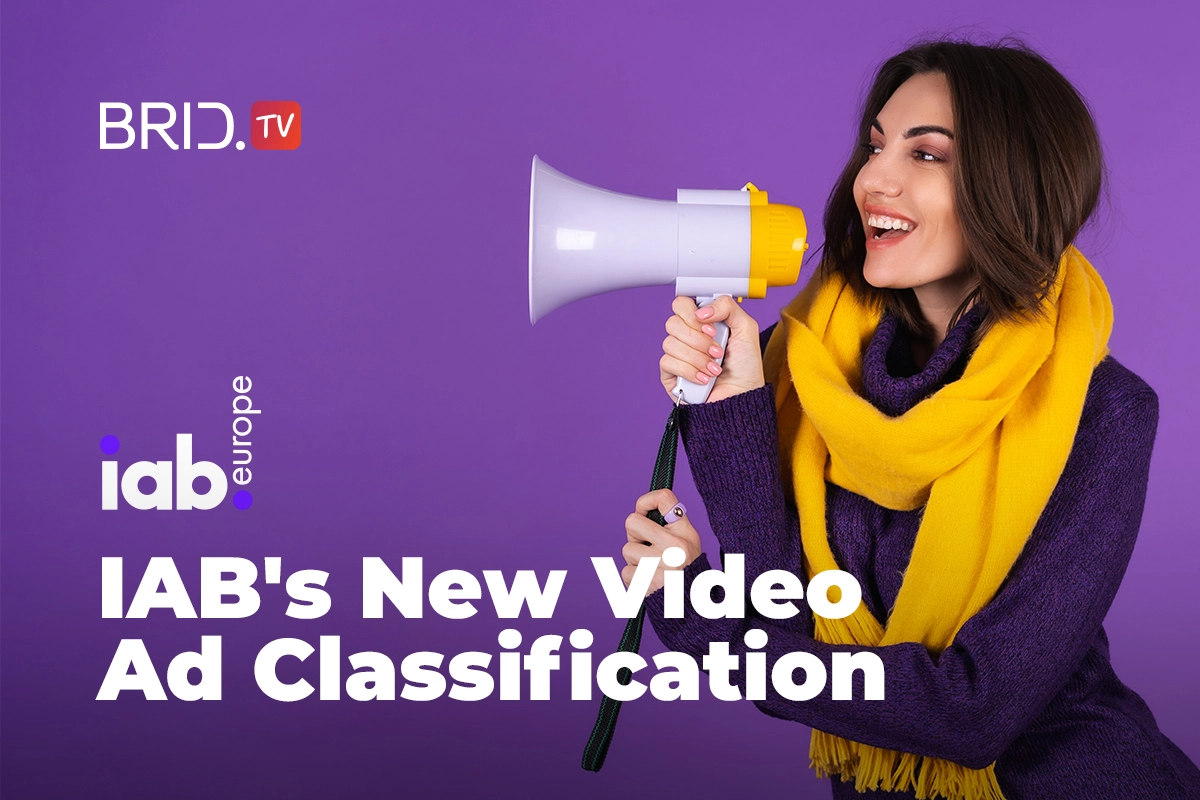At the end of March 2023, IAB Tech Lab came out with a significant update that included a new video ad classification system meant to promote transparency in ad trading and clarify any confusion surrounding the categorization of instream and outstream video ads. Let’s take a quick look at what the new update brings, as well as what all of these changes mean for publishers.
A Quick Glance at the 2022 Update
The March 2023 update comes as a reaction to the significant pushback IAB Tech Lab received after the previous update from August 2022. This update included changes to the scope of the term instream video, which now included sound-on videos, both linear and non-linear, before, during, or after the initially-requested stream, delivered in a video player and with the purpose of monetizing content.
The problem with this update was that around 90% of the inventory that publishers had thus far sold as instream inventory was no longer considered instream at all. With instream ads having higher CPMs than outstream ads, this change had the potential to significantly harm publishers’ earnings.
Naturally, that caused a significant amount of pushback from the advertising industry, driving IAB Tech Lab to come up with a new classification system that addresses the issue.
IAB’s New Video Ad Classification — An Overview
IAB’s update from March 31st included more specific classifications of instream and outstream video ads. The new video ad classification is as follows:
- Instream Ads — Video ads played by a video player before, during, or after the video content the user requested, with the sound on;
- Accompanying Content — Also pre-, mid-, and post-roll ads, but within the editorial content, can start playing automatically without sound;
- No Content/Standalone — Video ads not tied to any specific content, rather shown in video players that only play ads;
- Interstitial — Full-screen video ads, both on the web and in-app.
According to the new classification and the numbers available, primary instream ads make up about 5-10% of total video inventory. Accompanying ads make up around 40%, while no content and interstitial ads make up the rest of the 50%.
What Does This Mean for Publishers Using OpenRTB/Prebid?
At a glance, the new video ad classification seems simple enough. But what do these changes mean for publishers in practice?
The Application of the New Video Ad Categories for TargetVideo’s Publishers
For TargetVideo’s publishers, implementation of these new rules can be done through our CMS’s advanced Prebid configuration, under mediaTypes. If you need help applying the new categorization or have any concerns, reach out to your TargetVideo account manager.
So far, SSPs have been slow to adapt to the changes. This has necessitated a period of time where both the old and the new setup can work in tandem. IAB has confirmed that there will be an “ample migration period”, although it is unclear just how long that will last. However, since many DSPs have announced that they will be completely switching over to the new classification starting June 1st, it is recommendable that publishers do the same by that date.
You can find IAB Tech Lab’s full implementation guide here.
Pricing out the New Inventory
There is no doubt that the new categorization will impact the average CPMs for different types of ad inventory. This also means that publishers will have to start setting their price floors from scratch.
The best way to set price floors is to use a cutting-edge tool such as TargetVideo’s Prebid price floor optimizer, which relies on detailed data analysis and algorithms to determine the best price floor for each individual auction. By using the optimizer, you not only eliminate the possibility of human error but also make price floor optimization much simpler and more effective.

Contact TargetVideo Support for Help With the New Video Ad Classification
As a TargetVideo publisher, you get 24/7 access to our technical support. If you need help navigating the post-update landscape of video ads, feel free to reach out. One of our support agents or your dedicated account manager will be happy to help.
